I’ve always loved heights. I’ve progressed from a kid climbing trees and the roof of my house, to my first trip as a teenager parasailing, to skydiving, paragliding, to hundreds of photography shoots from helicopters and small craft airplanes. There’s nothing to compare with the thrill of experiencing a birds eye perspective.
Recently I’ve added a drone to my kit, though I must admit I was hesitant at first. I’d worked with a phenomenal team of aerial cinematographers, Dane Henry and Sean Haverstock for our Washington State Wine videos: http://lumariaproductions.com/work/wa-wine-consumer/. And I’d seen firsthand the expertise to operate high end octocopter drones with movi image stabilizer kits capable of carrying DSLR cameras and a two person drone/ camera operator team. As much as I’d love for my clients to have the budgets of projects like this Red Bull rock climbing project in Lebanaon, that is not the reality for most boutique wine clients. https://www.danehenrydigital.com/blog/2017/1/25/t7swubm1394hwfgylgb0s60ticmgpo
Then in 2016 with the release of the latest DJI phantom 4 drone, I was convinced on the DJI’s quality and ease of use for video. While I’d primarily purchased the drone for video aerial work, I was pleasantly surprised by it’s capability for still photography.
I’m often asked by clients how to best capture aerials of their properties, and to compare the pros and cons of drones vs helicoters vs airplanes. So here’s examples of my work, and my thoughts on each type of aerial photography.
Drone Photography examples:
Drones excel in close proximity, and shorter duration aerial photography. I’ve done helicopter photoshoots over many vineyards and sadly seen the workers literally run or hide from the helicopter in fear of INS immigration raids. Not to mention the noise and dust even from a small helicopter at 20 feet above the ground is quite distracting for the subjects. Though I have successfully captured several large group photos at groundbreaking wine events, I can’t imagine flying over a winemaker dinner at close proximity without major disruption!
In addition, when I need to capture both aerial and ground perspectives for time sensitive activities such as harvest, I’m able to cover both in quick proximity and with less budget than landing a helicopter and paying for standby time. My drone was also helpful on a recent snow day in Oregon, where I wasn’t sure if the vineyard was completely covered in white and I also needed to quickly capture ground views before the snow melted.
I’ve also been surprised at the drone camera’s ability to capture high dynamic range scenes like this sunrise photo with brilliant pink clouds, and the first soft light on the vineyard and harvester.
While the drones are relatively easy to fly, I rely on my hundreds of hours in the air for developing my aerial aesthetic vision. And while drones can be the best solution for the above examples, they fall short on the following situations showcased in the next series of helicopter and airplane photoshoots.
These photographs over Penner-Ash winery have been my most published wine photos – on the cover of three magazines, the opening page of a Wine Spectator feature story, and a large 6 foot fine art canvas print displayed at a winery, and sold in limited edition prints. While the quality of drone cameras will continue to improve, their quality can’t yet compete with a high end digital DSLR camera sensor for reproduction size and quality, and ability to quickly change orientation and lenses for different perspectives.
When absolutely necessary, I’ve cropped horizontal drone photos into vertical shots, but am always sacrificing something in the process – from composition control to resolution. And often while I’m photographing from a helicopter I’ll quickly change from a wide angle zoom lens (24-70 lens, or 17-35 lens), to a telephoto lense (70-200 image stabilized lens). This flexibility is especially important when wanting to compress the landscape and make the relative size of far away objects such as the snow covered Mt. Adams appear larger. The cameras built into drones only have a wide angle fixed lens.
In remote locations where helicopters are not readily available or financially feasible because of expensive travel times, I have flown with experienced small aircraft pilots. I captured both these Mt. Adams shot and Mt. Hood shot over vineyards with a long lens shot out of small window opening. In order to line up the mountains with the background we had to make several passes over scene, and these were skilled pilots. I also must say that I’ve had not as much luck with less experienced pilots, who aren’t confident to slow down the airplane or adjust flight routes with precision.
Since 2003, I’ve flown over 100 flights with Precision Helicopter out of Newberg, Oregon in small, 2 person helicopters with my door removed for complete unrestricted access. Their pilots are unparalleled in the industry, many experienced crop duster pilots that regularly fly 10 feet above the ground to dry out apple or cherry orchards, or farm Christmas trees.
Only by flying with an experienced pilot did I trust to take off in a small pocket of cloud break to capture these photos of foggy vineyards, where the cloud cover was quickly and constantly moving around the vineyard – a scene I’d never be able to capture with a drone since I wouldn’t be able to safely fly maintaining a visual from the ground of the drone.
Lastly, this panoramic view of WillaKenzie estate is actually a compilation of 5 vertical photos, stitched together in photoshop. The conditions were favorable with little winds, and the pilot skilled enough to hold the helicopter steady for me to handhold 5 photos, overlapping each slightly with enough accuracy to line up correctly when stitched together.
As aerial photography evolves I’m sure I’ll continue to add gear to my kit and new experiences. For additional examples of aerial photography please visit my stock archives:
http://andreajohnson.photoshelter.com/gallery/Aerials/G0000gL.WUn2SoQY
I’d love to work with clients on aerial photography and video projects, and am happy to advise the best option after an on site consultation. Please feel free to call or email with inquiries.

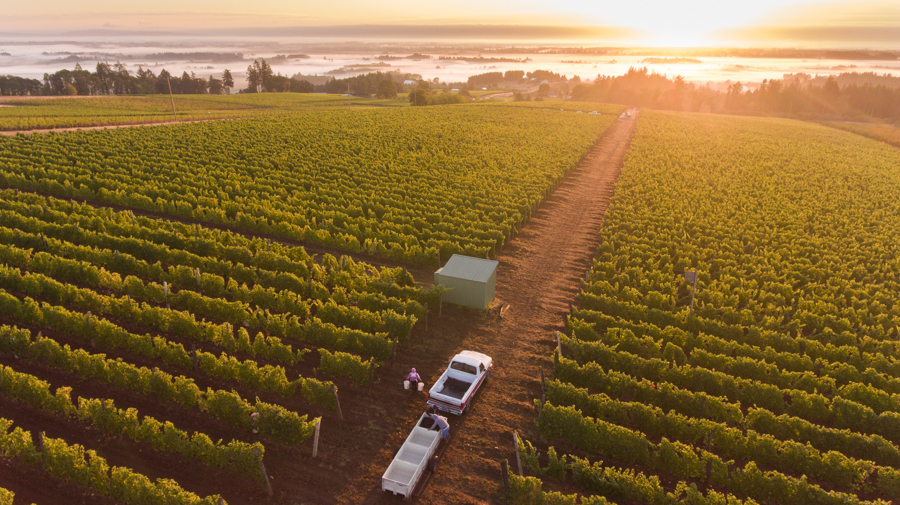
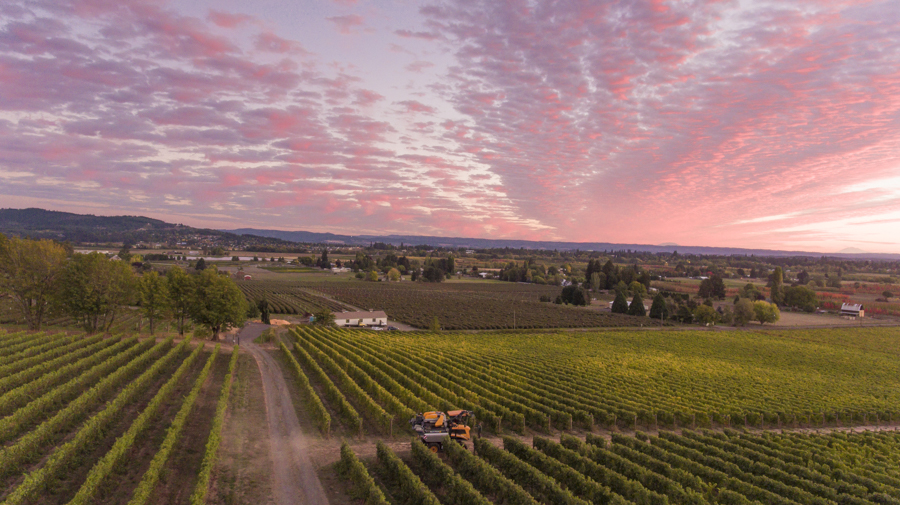

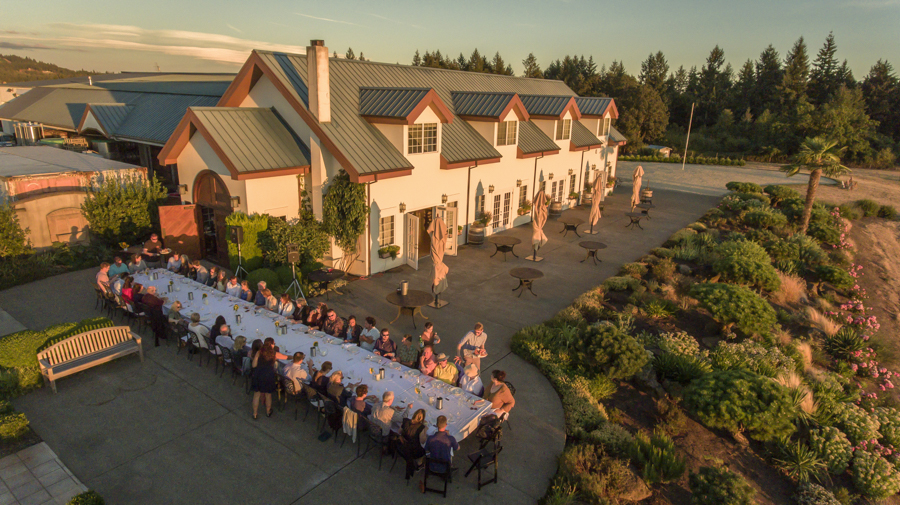
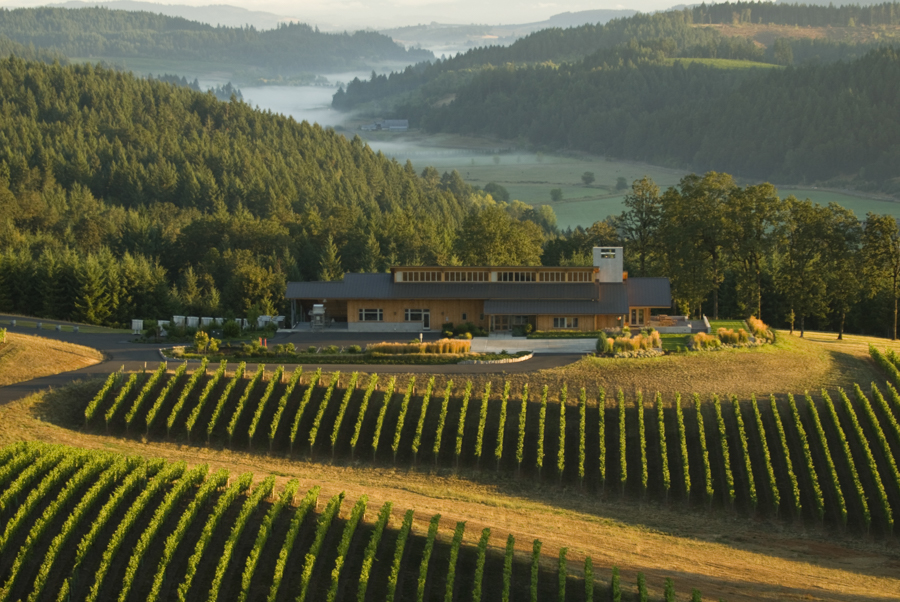
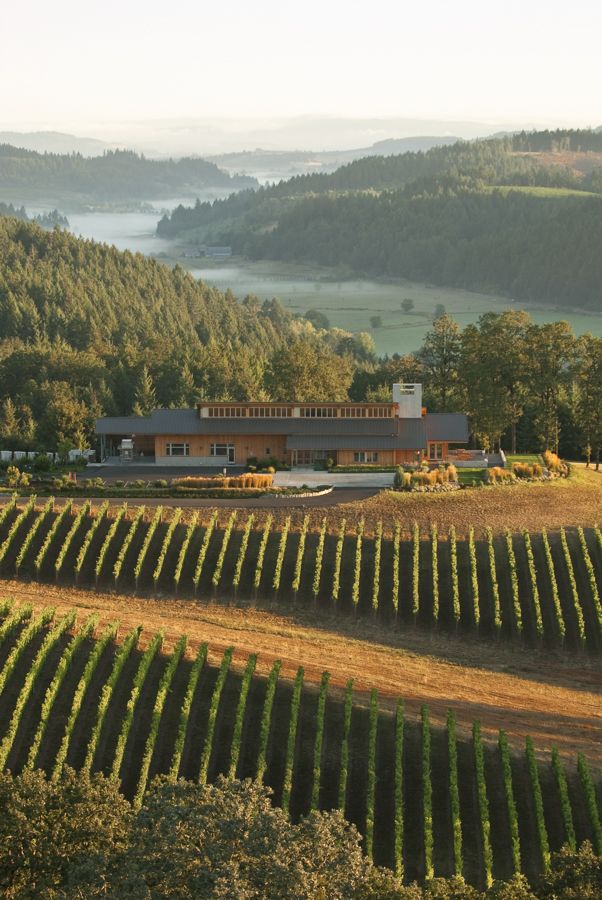
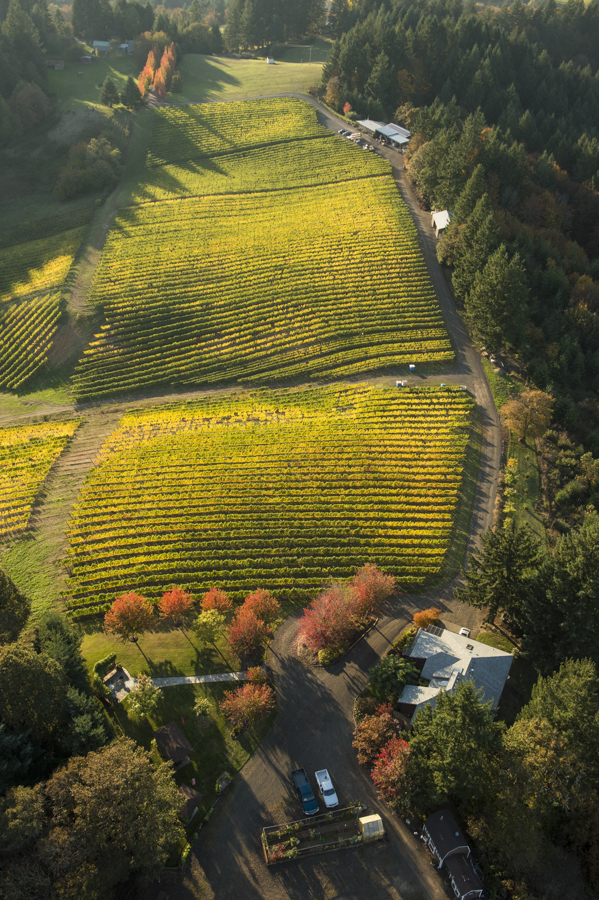
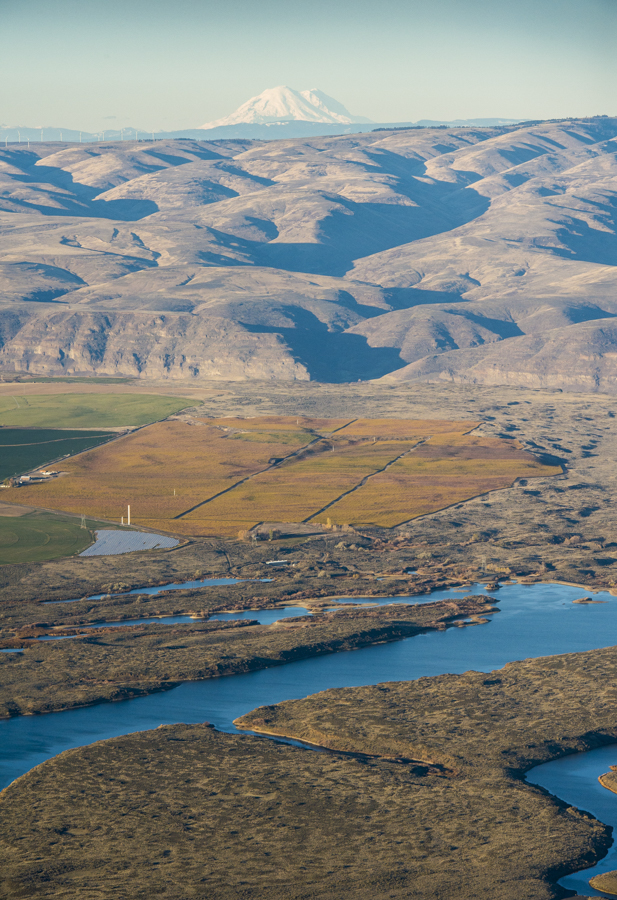
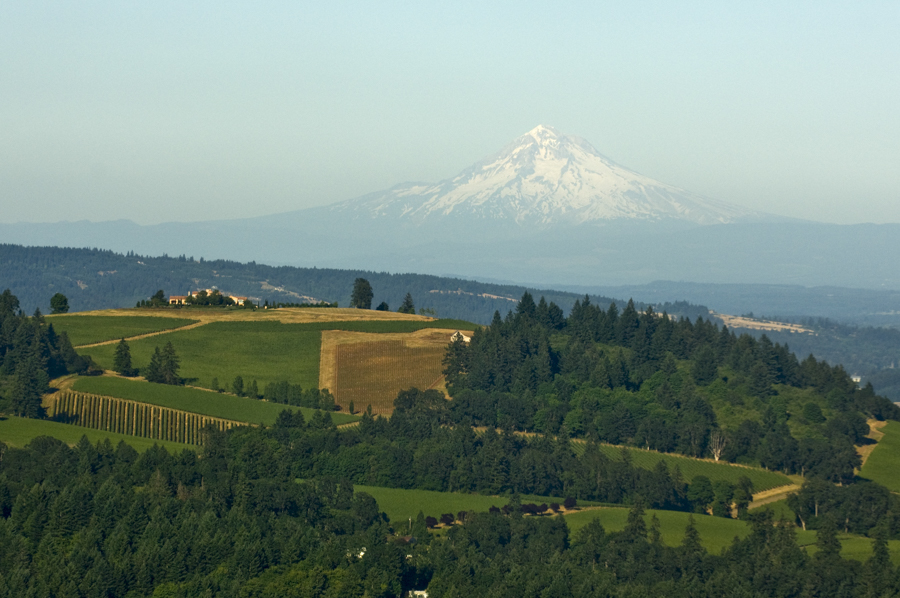
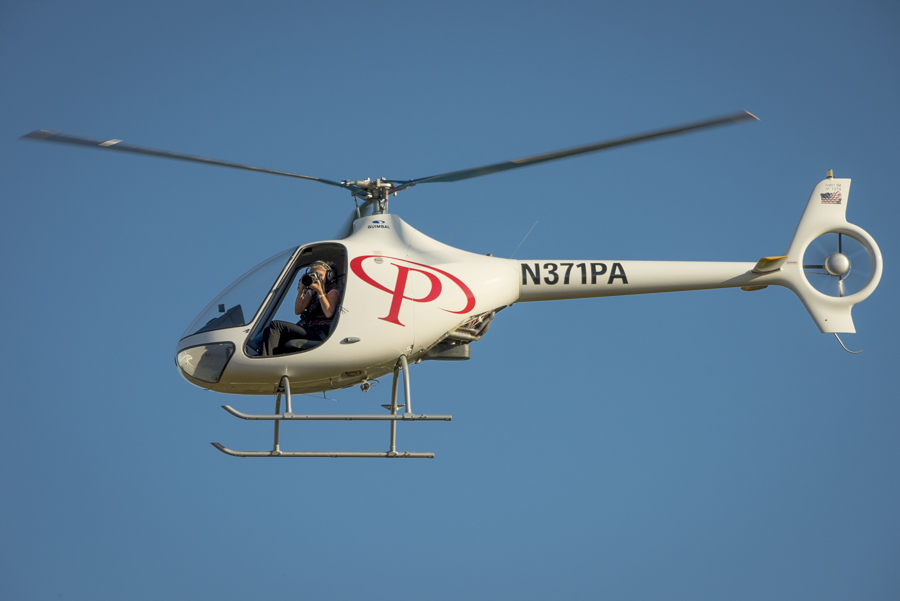

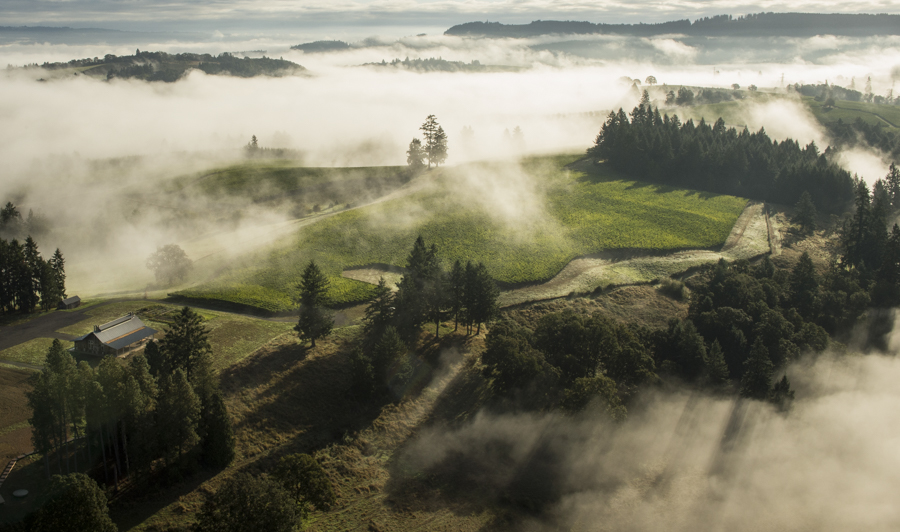
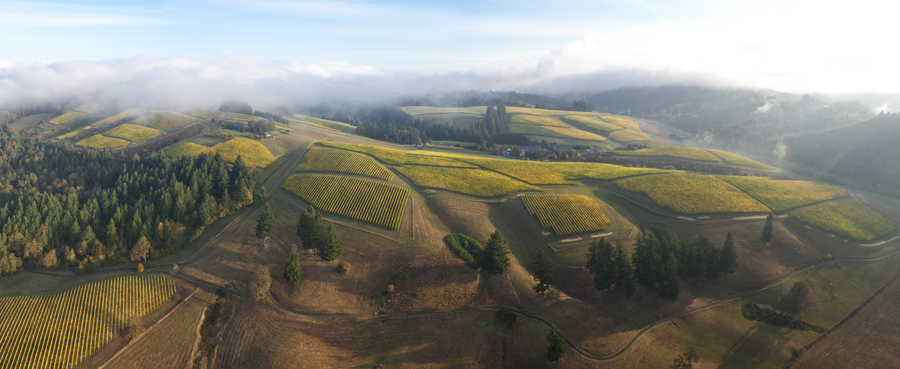
Leave a Reply
You must be logged in to post a comment.